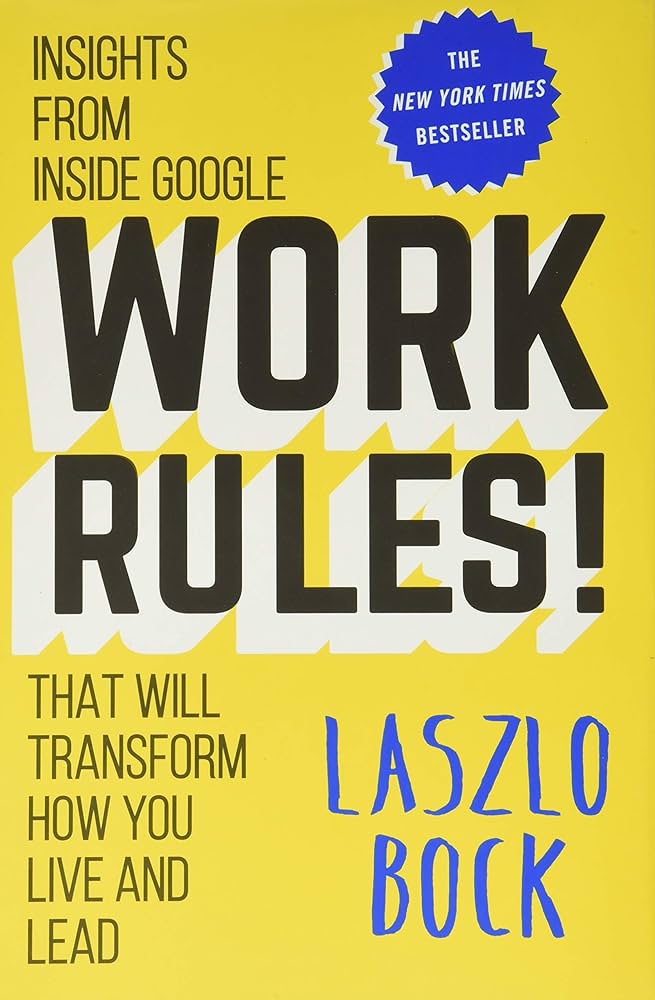Winning Behavior: What the Smartest, Most Successful Companies Do Differently
RATING


“Winning Behavior” is a comprehensive guide penned by leadership expert Terry R. Bacon and David G. Pugh, a seasoned executive, that investigates the concept of behavioral differentiation in business. The authors argue that successful companies distinguish themselves not only through their products or services but also through their unique behavioral strategies.
Bacon and Pugh state that products and services in mature markets converge significantly in terms of the offering, and copying best practices becomes particularly fast and easy. In these conditions, they argue that companies have three main viable ways to differentiate themselves — improve their products (which can be costly and easily copied), lower their prices (which can lead to commoditization and condemn the company to a highly competitive “market purgatory” in the lower segment), or focus on their behavior by improving the customer experience (which is unique, cannot be easily copied, and is crucial for attracting and retaining customers). The third option is the preferred one and the main subject of the book.
The book examines various companies that have utilized behavior as a differentiation strategy, leading to competitive advantage and customer loyalty. Through numerous case studies, the authors explore key behaviors that these organizations have embedded into their DNA.
Bacon and Pugh establish a concrete framework for behavioral differentiation, which they divide into four planes — Operational, Interpersonal, Exceptional, and Symbolic. Operational, the most crucial plane, centers on integrating customer-oriented behavior into standard operating processes and company policies. The Interpersonal plane pertains to the personal social skills of employees in their interactions with customers. This is why the authors advocate for hiring based on an employee’s personality first and training them in the necessary hard skills on the job. Exceptional refers to the extraordinary customer experiences created by employees voluntarily — something that cannot be truly enforced. Finally, the Symbolic plane involves the alignment between the company’s values and mission and its actual behavior. Ideally, all these planes should be present and monitored to establish effective behavioral differentiation that prioritizes customer satisfaction.
To achieve behavioral differentiation, the authors suggest that businesses focus on three aspects — Leadership, Culture, and Process. Among these, Leadership is by far the most crucial, implying that leaders should play a central role in creating and reinforcing behavior and culture. Meanwhile, Culture relates to authentically establishing the company’s internal culture based on actions rather than mere declarations. Process encompasses concrete systems, policies, and procedures that play a role in customer touchpoints.
“Winning Behavior” offers an insightful exploration of behavioral differentiation, a crucial aspect of business strategy. The authors’ extensive research and utilization of a myriad of real-world examples make the concepts accessible and relatable, significantly enhancing the book’s value.
Bacon and Pugh hit their mark with great accuracy, correctly noting the convergence of goods and services in mature markets, which leads to commoditization. In this sense, “Winning Behavior” forms an important part of customer experience-focused discourse, taking a notable place among such vital works as by J. Pine and J. Gilmore, by S. Clatworthy, and others.
Bacon and Pugh hit their mark with great accuracy, correctly noting the convergence of goods and services in mature markets, leading to commoditization. In this sense, “Winning Behavior” plays a crucial role in the discourse on customer experience, earning a notable place alongside essential works like “The Experience Economy” by J. Pine and J. Gilmore, “The Experience-Centric Organization” by S. Clatworthy, and others.
The advice provided by the authors remains relevant today, as numerous successful companies wholeheartedly embrace the focus on customer experience.
While the authors’ proposed three-aspect model for implementation is an interesting concept, the book could have benefited from more specific, practical advice and guidance on how to implement each part of the model. As it stands, readers may be left wondering about the exact steps to execute and reinforce desired behaviors in their organizations.
Moreover, some parts of the book focus too much on examples, leaving insufficient space for the actual methodology described and used. At times, it can be challenging to find concrete statements amid all these case studies, and the authors do not use the text structure effectively to share their most important thoughts and ideas.
Behavioral Differentiation is emerging as the “final frontier” in competitive strategy, and this book shows how leading companies use it to exceed expectations and outperform competitors.
In an age where even the best products are quickly imitated, businesses must constantly find new ways to outpace competitors. Successful companies differentiate themselves not just with superior products, but also by how they behave toward their customers at every touchpoint:
- service
- product development
- marketing
- branding
- bids and proposals
- presentations
- negotiations
- and more
“Winning Behavior” offers case histories and examples from companies like GE, Volvo, EMC, Ritz-Carlton, Wal-Mart, and Harley-Davidson, plus interviews with executives like George Zimmer (Men’s Wearhouse), Colleen Barrett (Southwest Airlines), and Gerry Roche (Heidrick & Struggles). In today’s ultracompetitive business landscape, product quality and competitive pricing are prerequisites for staying afloat. This eye-opening book reveals the secrets the best companies use — and any business can use — to stay at the pinnacle of success in their industry.
“Winning Behavior” would be a valuable read for business leaders, managers, HR professionals, and anyone interested in corporate strategy. It offers a unique perspective on differentiation and competitive advantage, encouraging readers to examine their own organizational behaviors and consider how these might be leveraged for success.
For more insights into business strategy and organizational behavior with a focus on customer experience, readers might consider exploring “Good to Great” (Senteo review) by J. Collins. Additionally, those interested in leadership, mission, and their impact on behavior might find value in “Start with Why” (Senteo review) by S. Sinek.

“Winning Behavior” falls within the realm of business strategy and organizational behavior. The book underscores the importance of behavioral differentiation in securing a unique position in the market and improving overall organizational performance. Primarily, it focuses on establishing its methodological base while also offering some concrete guidance on implementation.
See content on this topic


Sales training for front line along with basic development and coaching principles for line management.
Understanding branding and communications from the standpoint of emotional engagement and building relevant and meaningful dialogue with customers.
This course covers a complete view of customer touch points (both physical and virtual) and a unique model for standardizing and managing customer contact models across channels including approaches for customer feedback, quality management, and migration.
Understand how the innovation process changes moving from functionality and channel design to a process focused on creating value for customers.
Experiential Branding & Communications – Improving Brand Integration Through Emotional Engagement.
This course covers a complete view of customer touch points (both physical and virtual) and a unique model for standardizing and managing customer contact models across channels.
Sales training for front line along with basic development and coaching principles for line management.
Understanding how leaders must evolve with relation to the evolution of business models, new management models, and the significant changes to the workforce with Digital Natives now making up more than 50% of the workforce globally.
Understand the theory and mechanics of developing and managing a customer-centric and experience-driven corporate culture that is consistent and stable and includes elements of Employee Experience (EX) and Employee Relationship Management (ERM).
Understanding the evolution of leadership styles, management models, organizational structures, performance measurement and guiding change in the evolution of business models from product-centric to customer-centric and even relationship-centric.
Understand how to manage both internal and external digital transformation while considering the landscape for digital business models and the effect on traditional business models. Understanding organizational readiness for transformation and the role of corporate culture in managing transformations.
The changes in consumer behavior, employee behavior, and the evolution of business models in the digital age cause significant difficulties and imperatives for leaders who must develop new skills and evolve their leadership styles to be effective in this fast changing, challenging, and competitive environment.
Understanding how leaders must evolve with relation to the evolution of business models, new management models, and the significant changes to the workforce with Digital Natives now making up more than 50% of the workforce globally.
Understand how to manage both internal and external digital transformation while considering the landscape for digital business models and the effect on traditional business models. Understanding organizational readiness for transformation and the role of corporate culture in managing transformations.
The changes in consumer behavior, employee behavior, and the evolution of business models in the digital age cause significant difficulties and imperatives for leaders who must develop new skills and evolve their leadership styles to be effective in this fast changing, challenging, and competitive environment.
Understanding how to design & manage change/transformation programs in organizations of different sizes. This course will help any size team or organization to better deal with change & transformation on any scale.




 Copy Link
Copy Link
 E-mail
E-mail
 LinkedIn
LinkedIn
 Facebook
Facebook
 Telegram
Telegram
 WhatsApp
WhatsApp
















 Go Back
Go Back
Leave a Reply
You must be logged in to post a comment.